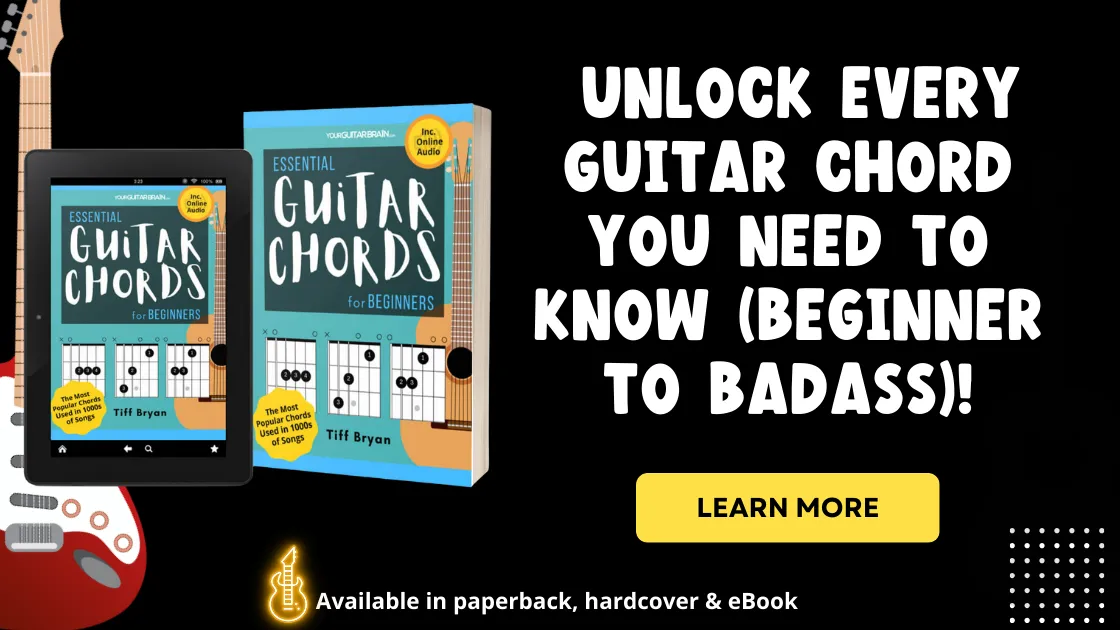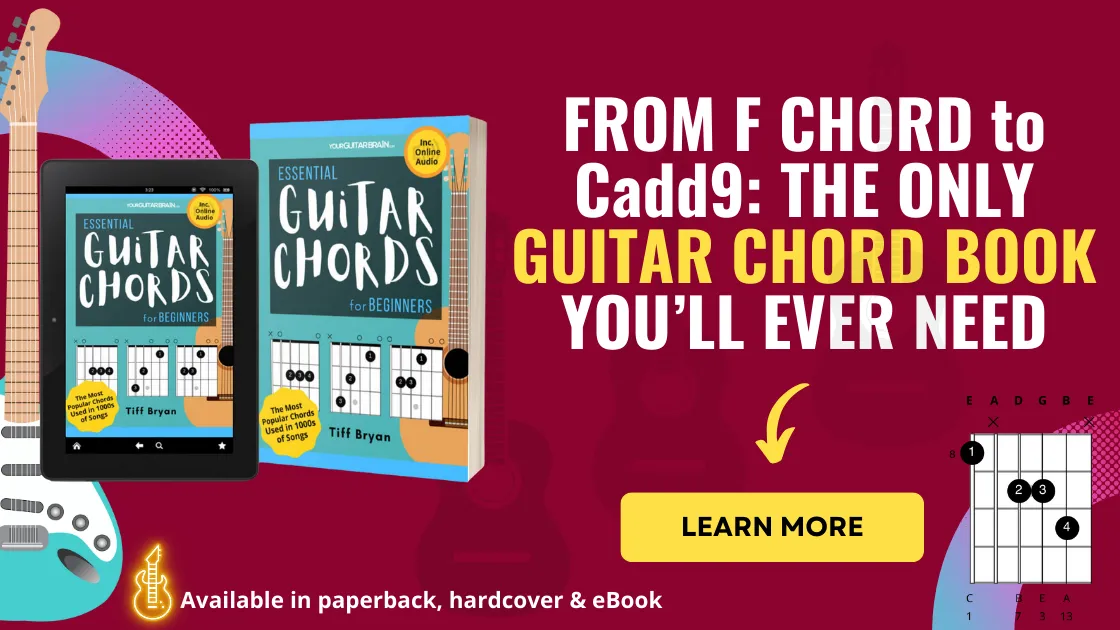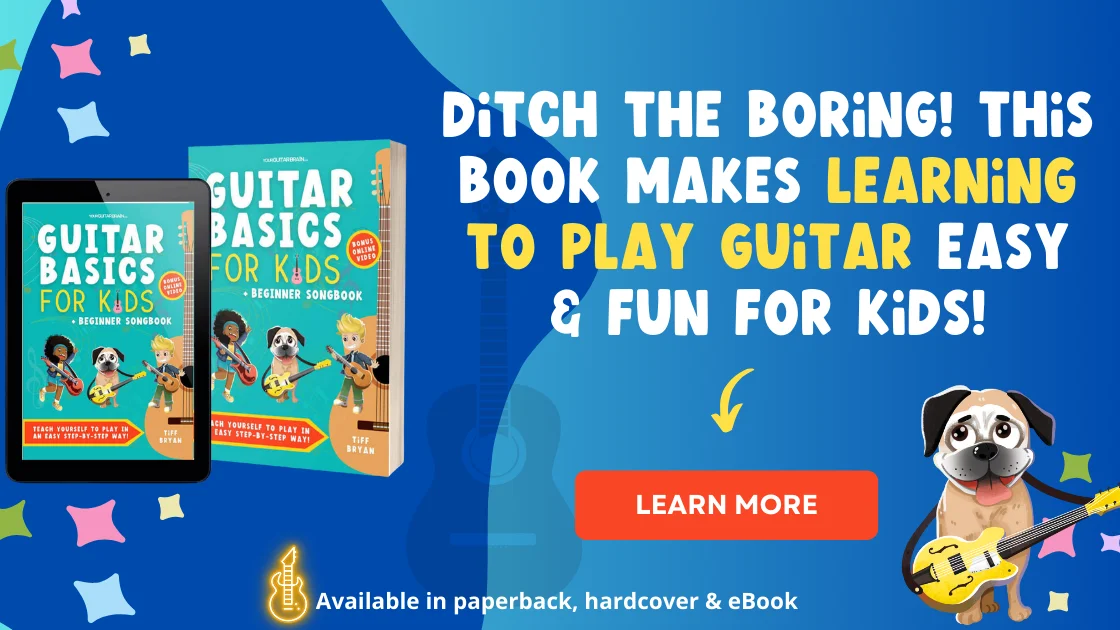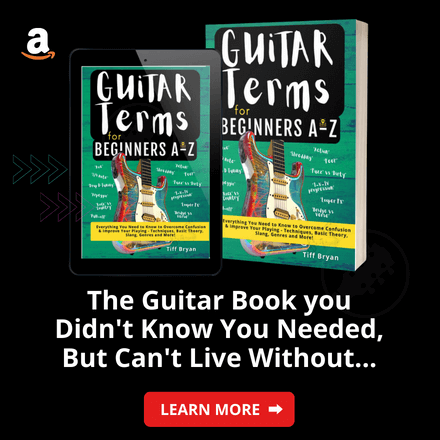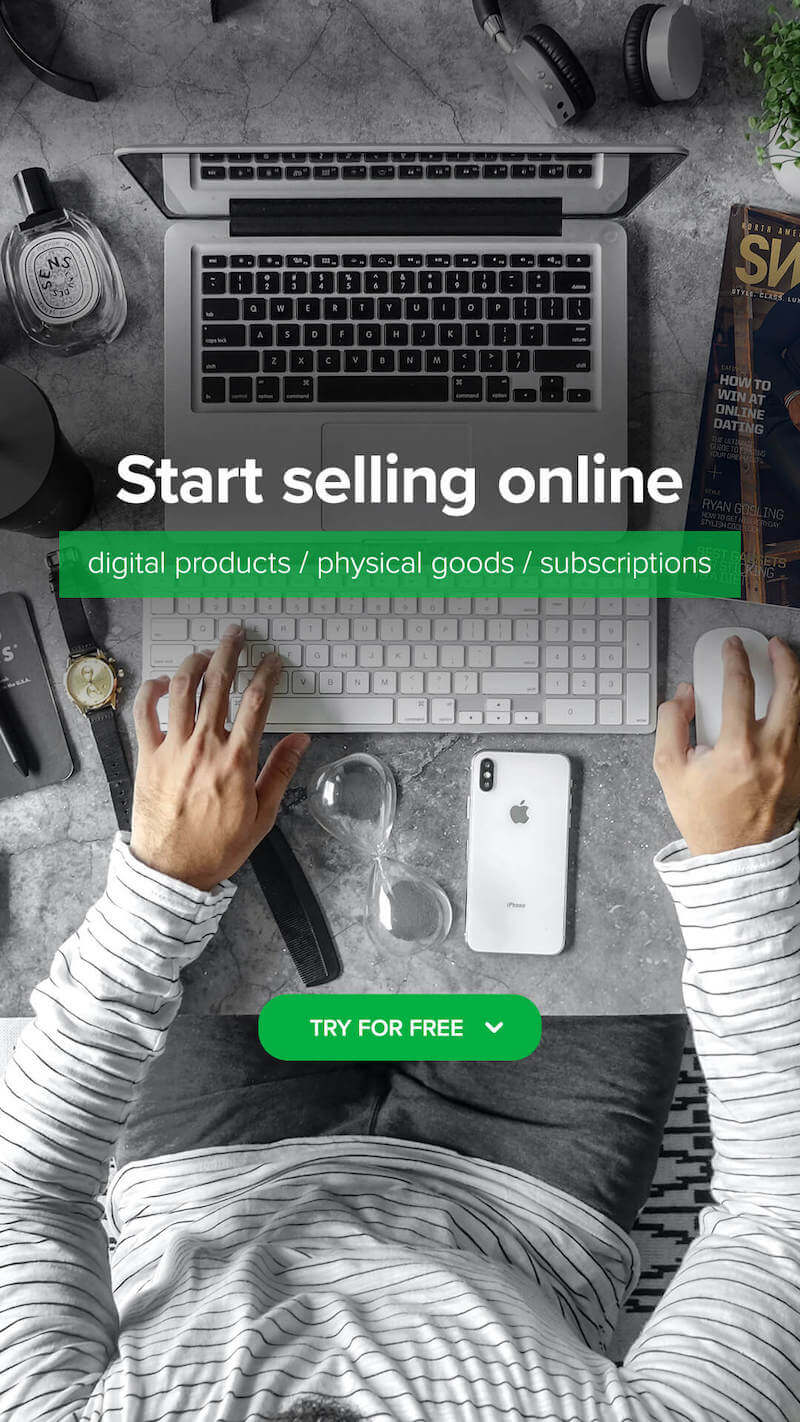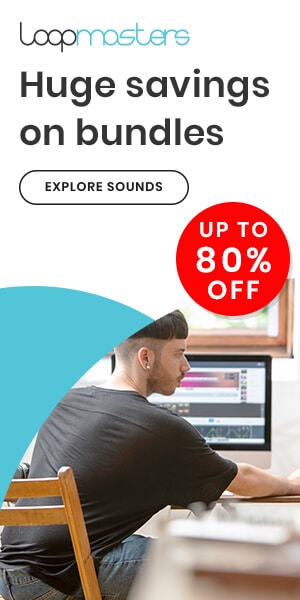The 4 most used easy beginner guitar chords you need to know (+ finger position charts & exercise tips)
Chords are the most important staple of any guitar players tool box. And because there’s a mind-boggling mass of guitar chords out there, it can be a nightmare for beginner guitar players to decide which ones to learn first.
If you’re a beginner, don’t make the huge mistake of choosing chords that are too difficult to learn first. We’re here to show you the first four basic guitar chords you need to learn first.
Good to Know
NO SHORTCUTS! We believe if it's worth learning, it's worth learning properly. There's no point in wasting your time with 'easy versions' or 'cheat' chords. Learn the correct way, learn once, sound epic.
Table of Contents
If you’re a beginner just starting out with playing the guitar, I’d recommend focusing on mastering the E minor, E major, A minor, and A major chords first.
Let’s explore why these chords are a strong starting point to build upon on your guitar-playing journey.
Why it’s best to learn these guitar chords first
- Both types of E and A chord open shapes are used in masses of easy beginner songs.
- The A major and E major chord shapes can later be moved up the guitar neck to create further chords known as barre chords. This is the same for the E minor and A minor shapes.
- Out of all the open chord shapes, the four E and A chords are considered the easiest chords to learn how to play – with practice, of course.
How to read guitar chord charts
The six vertical lines in the chord chart diagram represent your guitar strings. The horizontal lines show the metal frets which divide the fret boxes.
The string notes are found under the strings, and the fret number is on the left of the chart. Finger position and placement is shown by the circled numbers:
1 = 1st (index) finger
2 = 2nd (middle) finger
3 = 3rd (ring) finger
4 = 4th little (pinky) finger
x = don’t play the string
o = open string
Pro Tip
To improve your guitar playing skills, it's important to develop muscle memory by using consistent finger placements when playing chords. Avoid randomly changing fingerings to improve your efficiency and accuracy.
Chord #1. E minor

How to play the open e minor chord
The E minor chord is made of the notes E, G and B. Here is how you play the open Em:
- Place your middle (2nd) finger on the second fret of the fifth (A) string.
- Place your ring (3rd) finger on the second fret of the fourth (D) string.
- Strum all six strings from the low E string to the high E string.
Chord #2. E major

How to play the open E major chord
The E major chord is made up of the notes E, G#, and B.
Here are the steps to play E maj:
- Place your index (1st) finger on the first fret of the third (G) string.
- Place your ring (3rd) finger on the second fret of the fourth (D) string.
- Place your middle (2nd) finger on the second fret of the fifth (A) string.
- Strum all six strings from the low E string to the high E string.
Chord #3. A major

How to play the open A major chord
The A major chord is made up of the notes A, C#, and E.
Below is how you play A major:
- Place your middle (2nd) finger on the second fret of the fourth string (the D string).
- Place your ring (3rd) finger on the second fret of the third string (the G string).
- Place your pinky (4th) finger on the second fret of the second string (the B string).
- Strum five strings from the fifth (A) string to the first (top E) string.
Pro Tip
A chord written as just a capital letter like this - "A" means it is a major chord. A chord with a lowercase 'm' next to it like this - "Am" is a minor chord.
Chord #4. A minor

How to play the open A minor chord
The A minor chord is made up of the notes A, C, and E.
Let’s take a look at how to play the basic open A minor chord:
- Place your index (1st) finger on the first fret of the second (B) string.
- Place your ring (3rd) finger on the second fret of the third (G) string.
- Place your middle (2nd) finger on the second fret of the fourth (D) string.
- Strum five strings from the fifth (A) string to the first (high E) string.
7 Steps to play guitar chords properly
It can feel really hard to get guitar chords to ring out clearly without any buzzes or mutes at first. Follow some of our top tips and tricks to help you get smooth and clear chords.
1. Lightly wrap your thumb around the guitar neck
2. Keep your thumb by fret 2
3. Press the string with the tips (pad) of your fingers
4. Curve your fingers
5. Press your fingers down with the correct pressure
6. Don’t place your fingers on the metal frets
7. Practice chords every day
Read more details about each of the seven chord tips here.
The best way to practice guitar chords
Step 1. It’s important to memorize the chord shapes and their names to become a confident and competent guitar player, rather than relying solely on reading charts.
Step 2. Get the chord notes consistently clear and buzz-free. This takes daily practice, commitment, and a whacking good dose of self-belief.
Step 3. Develop smooth and clean changes between the different chords. It’s important to use a metronome to maintain a consistent tempo and develop a good sense of rhythm. Skip this step, and you won’t ever manage to sound your best.
👉 Beginner guitar players who fail to set clear practice goals when learning new chord shapes will run out of steam and struggle.
Luckily, it’s all in your hands, and you have the power to get as good on the guitar as you desire. High five! 🙌
5 Beginner Chord FAQ’s
Q #1. What are open chords?
It’s essential as a newbie player you start off by learning open chord shapes. Open chords are chord shapes that contain open (non-fretted) strings and they’re the important first chords you need to learn on guitar.
You can play thousands of songs using open chord shapes, and they can be changed into a multitude of other chord shapes further down the line. The first open chords guitar players learn are mostly played on the first three frets of the guitar.
Q #2. What’s the difference between major and minor chords?
Major and minor chords are the most often used guitar chords in all styles of music. The main difference between them is their sound – major chords sound happy, and minor chords sound sad.
chord shapes that contain open (non-fretted) strings and they’re the important first chords you need to learn on guitar.
You can play thousands of songs using open chord shapes, and they can be changed into a multitude of other chord shapes further down the line. The first open chords guitar players learn are mostly played on the first three frets of the guitar.
Q #2. What’s the difference between major and minor chords?
Major and minor chords are the most often used guitar chords in all styles of music. The main difference between them is their sound – major chords sound happy, and minor chords sound sad.
Q #3. What’s the best way to transition between chords smoothly?
Smooth chord transitions can be challenging for beginners, but practice is key. Start by practicing the transition between two chords at a time, focusing on moving your fingers efficiently.
Use a metronome to help you maintain a consistent rhythm as you switch between chords. With time and practice, your chord transitions will become more fluid.
For a deep dive on how to change chords faster and smoother, read our article.
Q #4. How many chords should I learn as a beginner guitarist?
As a beginner guitarist, it’s recommended to start with easier open chords. For example, chords like E major and A major are less challenging to play initially compared to chords like G major and C major.
It’s a good practice to focus on mastering one or two of these simpler chords first before moving on to more complex ones. Pay attention to producing clear and consistent notes when you play these chords.
Avoid rushing through your practice, as this can lead to messy or muted chords in the long run. Building a strong foundation with these basic chords will set you up for success as you progress in your guitar journey.
Q #5. When should I start learning barre chords?
Learning barre chords can be a bit like levelling up in your guitar-playing journey, and it’s completely normal to wonder when the right time is to tackle them.
Here’s the deal: before diving into barre chords, it’s important to have a solid foundation with the 7 essential open chords (including C major, G major, D major, A minor, E minor, and others) and be able to play them in songs without any mutes or buzzes.
These open chords are like your guitar’s ABCs. They teach you the basics of finger positioning and chord transitions.


